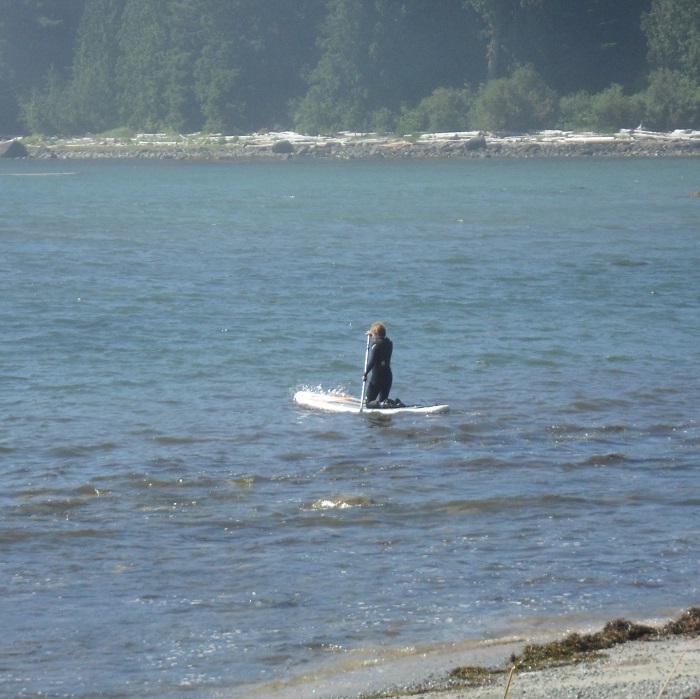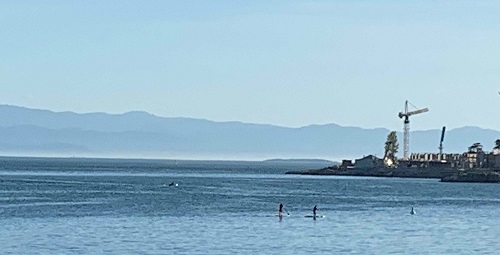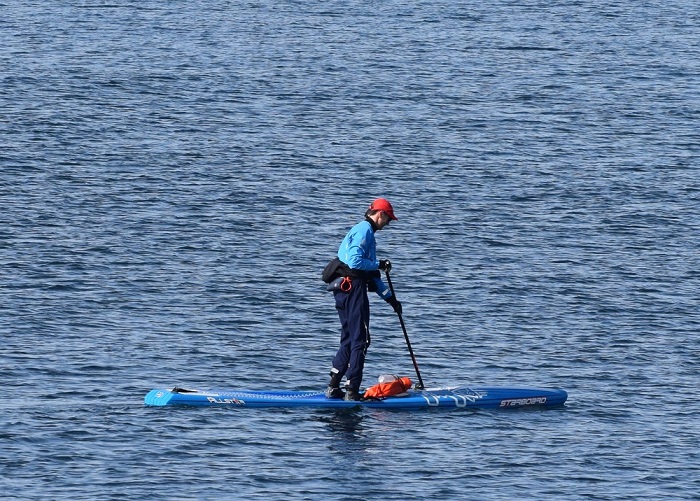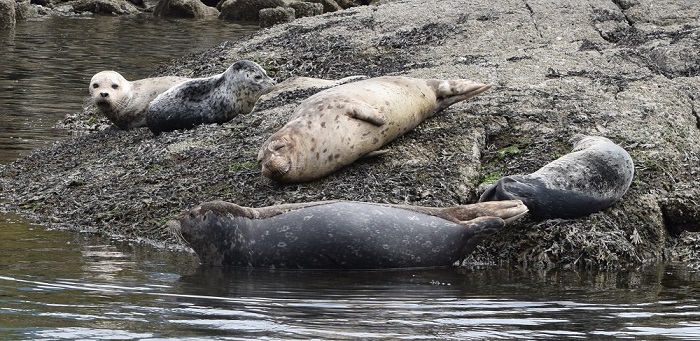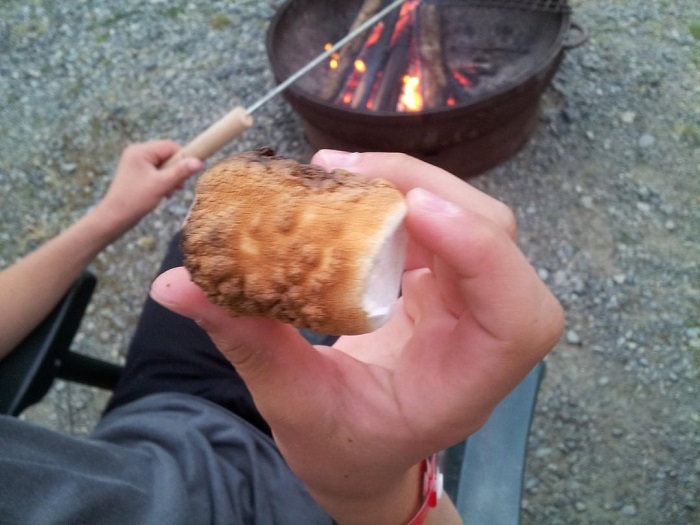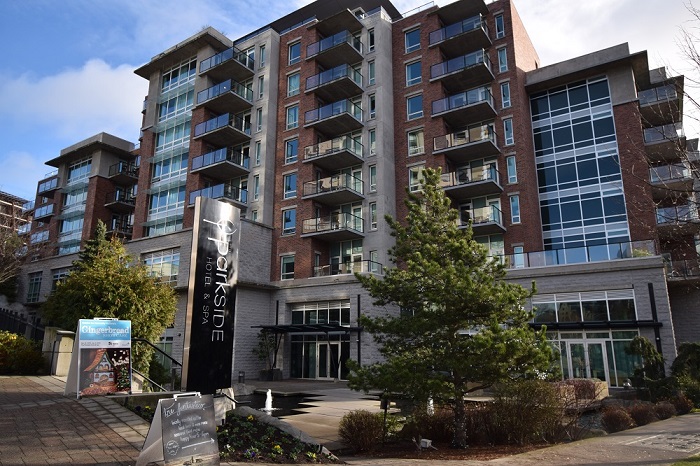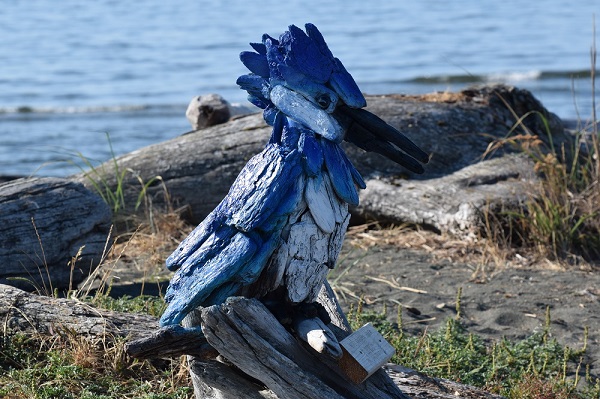- Victoria
- Water Adventure
- Paddle Boarding
Stand Up Paddle Boarding in Victoria BC
Stand Up Paddle Boarding is a newer water sport that is gaining in popularity every year. Some people predict it will take over kayaking as far as most popular water adventure activity. Stand up paddle boarding is abbreviated to SUP and uses a surf style board and a long paddle. It has also been described as a cross between canoeing and surfing.
Disclaimer: This post includes affiliate links and I will be compensated if you make a purchase after clicking one of my links. Learn more here.
To propel the board across the water, you stand up on the board and paddle like a canoe. Participants can also sit on the board and paddle if desired. Transport Canada considers paddle boards to be a “human-powered pleasure craft” and with that comes requirements to carry on board certain safety equipment. Review the Transport Canada Safe Boating Guide for details.
Best Spots to Paddle Board Near Victoria
- Gorge Waterway - rent SUPs here
- Thetis Lake - rent SUPs here
- Langford Lake
- Matheson Lake
- Elk Lake
- Inner Harbour
- Gonzales Beach
- Willows Beach
- Cadboro Bay
- Esquimalt Lagoon
- Tod Inlet
- Sidney
- Brentwood Bay
What to Wear While Paddle Boarding
Naturally, for the most part, deciding what to wear on a stand-up paddle board is dependent on the weather conditions and your own comfort level. For most people who go out on the ocean or one of the region’s many lakes on a warm summer day, shorts and a t-shirt or bathing suit may be appropriate. My friends who paddle on the ocean frequently love long sleeved paddling tops and neoprene paddling pants. They've got UV protection so you don't get burned and dry quickly. A wide-brimmed hat and sunglasses are highly recommended. Layered clothing and a waterproof wind breaker to protect from any spray may be required on cooler days.
Remember that a lifejacket or PFD is required. A lifejacket is your best defence against the cold water and will provide more flotation than most PFDs. Ones made specifically for paddling sports like this one will be the most comfortable. Refer to Transport Canada Getting Started with Safe Boating.
Instruction and Guided Tours
The following local businesses provide equipment rentals, lessons and guided stand up paddle board tours. You can also check here for some of the best deals on outdoor activities.
- 9704 Third Street, Sidney
- 905-334-7360
- Rentals: Yes
- Lessons: Yes
- Guided Tours: Yes
- Sales: Yes
- 115 – 2940 Jutland Road, Victoria
- 778-432-3472
- Rentals: Yes – SUPs and Kayaks
- Lessons: Yes
- Guided Tours: No
- Sales: Yes – used kayaks
- 3840 Cadboro Bay Rd, Victoria, BC V8N 4G2
- 778-433-9200
- Rentals: Yes
- Lessons: Yes
- Guided Tours: No
- Sales: No
Oak Bay Marina (in partnership with Ocean River Sports)
- 1327 Beach Drive, Victoria
- 250-598-3369
- Rentals: Yes
- Lessons: No
- Guided Tours: Yes
- Sales: No
- 1630 Store St, Victoria, BC V8W 1V3
- 250-381-4233
- Rentals: Yes
- Lessons: Yes
- Guided Tours: Yes
- Sales: Yes
- 789 Saunders Lane, Brentwood Bay
- 250-665-7411 OR
- Canoe Cove Marina, Swartz Bay
- 250-665-4548
- Rentals: Yes – kayak (single and tandem), canoe and stand up paddle board
- Lessons: Yes, kayak, canoe and stand up paddle board
- Guided Tours: Yes
- Sales: Yes
- Near the entrance to Thetis Lake on Six-Mile Road
- Book online
- Rentals: Yes
- Lessons: No
- Guided Tours: Yes
- Sales: Yes
- 273 Richmond Avenue, Victoria BC
- 778-679-1423
- Rentals: Yes
- Lessons: Yes
- Guided Tours: Yes (with accredited guides)
- Sales: Yes
- 3-1950 Government Street, Victoria, BC V8T 4N8
- 250-385-7368
- rentals include SUPS, surf gear, bicycles and much more
- 355 Gorge Rd W, Victoria, BC V9A 1M9
- 778-977-3877
- Rentals: Yes
- Lessons: Yes
- Guided Tours: Yes
- Sales: No
West Coast Outdoor Adventure Rentals
- 6971 W Coast Road, Sooke, BC V9Z 0R7
- 250-664-7794
- kayaks, paddleboards and bikes
- rentals and tours
Equipment
You’re going to need a stand-up paddle board – either inflatable or hard epoxy/fiberglass - and a paddle. If you are purchasing a board, factors such as portability, storage space, durability, performance and cost will help you determine which one is best for you. Inflatable boards are more durable than a hard board and better suited to people new to the sport. Local companies have just the right equipment and guidance for your skills.
Weather
Ideal weather for paddle boarding is air temperature that is warm enough to be out on the water but not too warm that you overheat. Other factors are the water temperature, tides and currents, wind speed, wind direction, precipitation, lightning and fog.
Victoria experiences very little in the way of lightning and thunder but it is important to get off the water as quickly as possible if you see lightning.
As for our water temperature, the average daily temperature of the seas around Victoria BC range from 7.3°C (45.1°F) to 11.5°C (52.7°F).
Before going out on the water, be sure to check the conditions and forecast at Environment Canada. Local water sports enthusiasts head to BigWaveDave for weather information, wind reports, wind predictions and area webcams.
Best Time of the Year to Paddle Board
With our temperate climate, I’ve seen paddlers out throughout the year but the best time to go is April through October, weather permitting.
What You Might See
*Marine life viewing will vary depending on whether you paddle on a lake or the ocean.
- Harbour seals
- Blue herons
- Moon jellies
- Oyster catchers
- Sea lions
- Whales
- River otters
- Bald eagles
We hope you enjoy your experience paddle boarding around Victoria.
Recent Articles
-
Vancouver Island Wildlife Viewing Times and Locations
Sep 16, 24 06:42 PM
Discover the best times and places to see wildlife in their natural habitat with our Vancouver Island Wildlife Viewing guide. -
Private Campgrounds on Vancouver Island
Aug 13, 24 05:23 PM
Your one-stop listing of all private campgrounds on Vancouver Island. -
Where to Stay in Victoria, BC: A Comprehensive Guide
Jul 10, 24 12:42 PM
Choosing the right place to stay can significantly enhance your experience. This guide provides tips and ideas to help you decide where to stay in Victoria.


